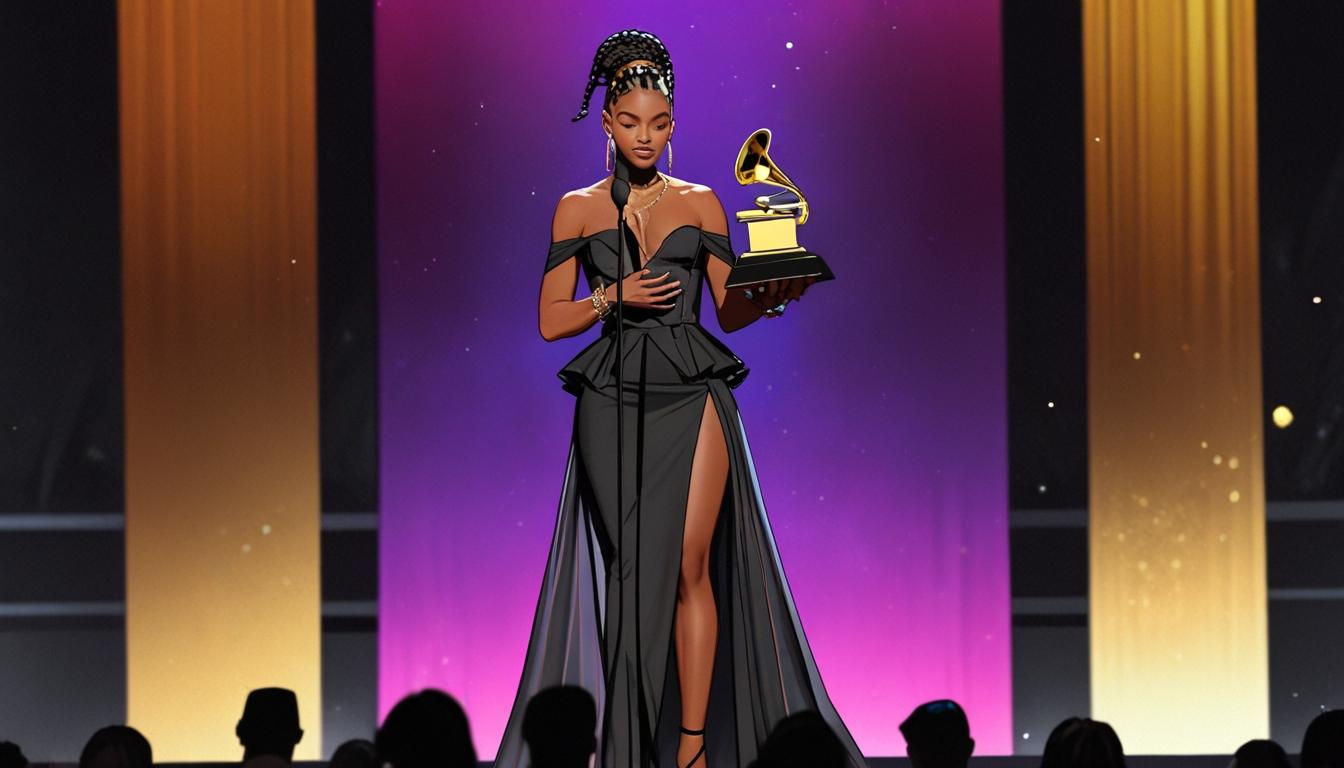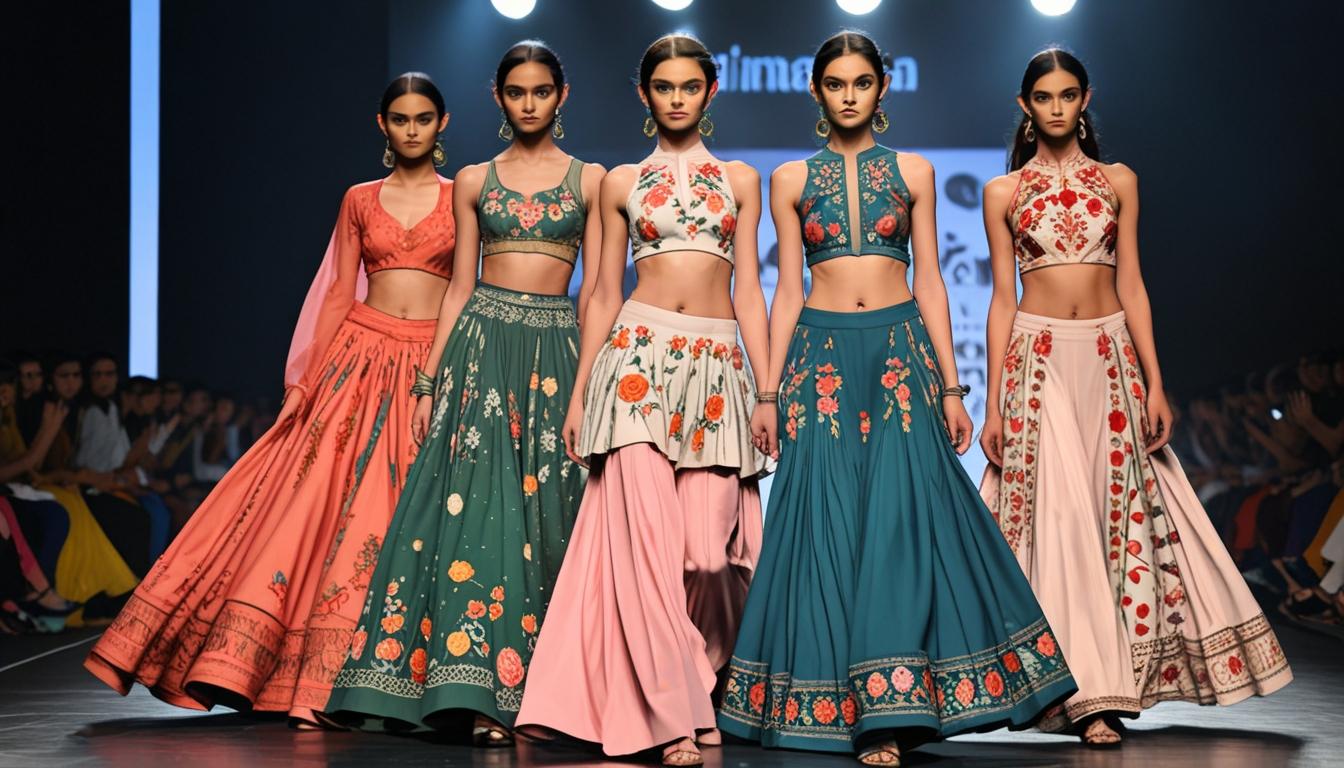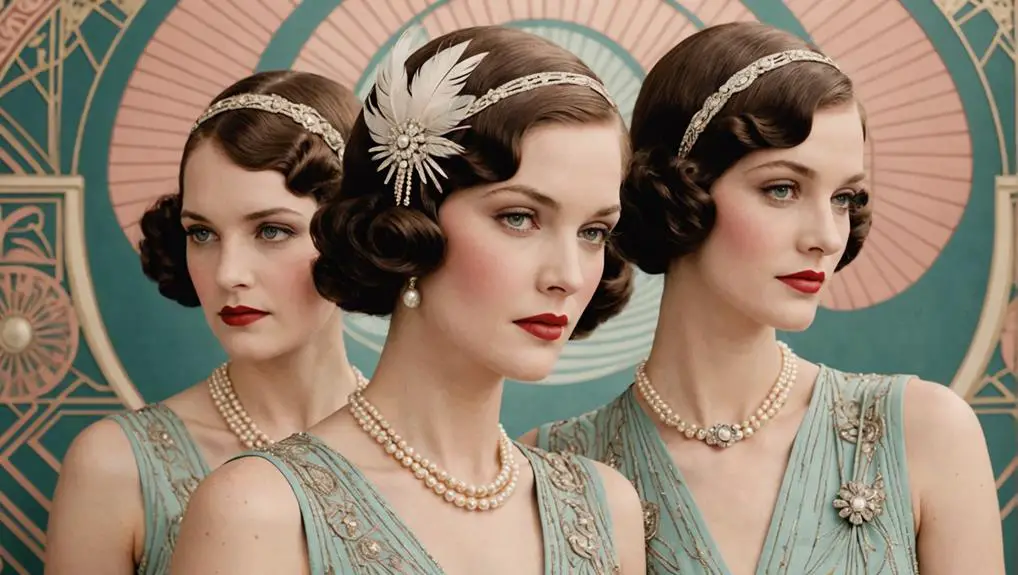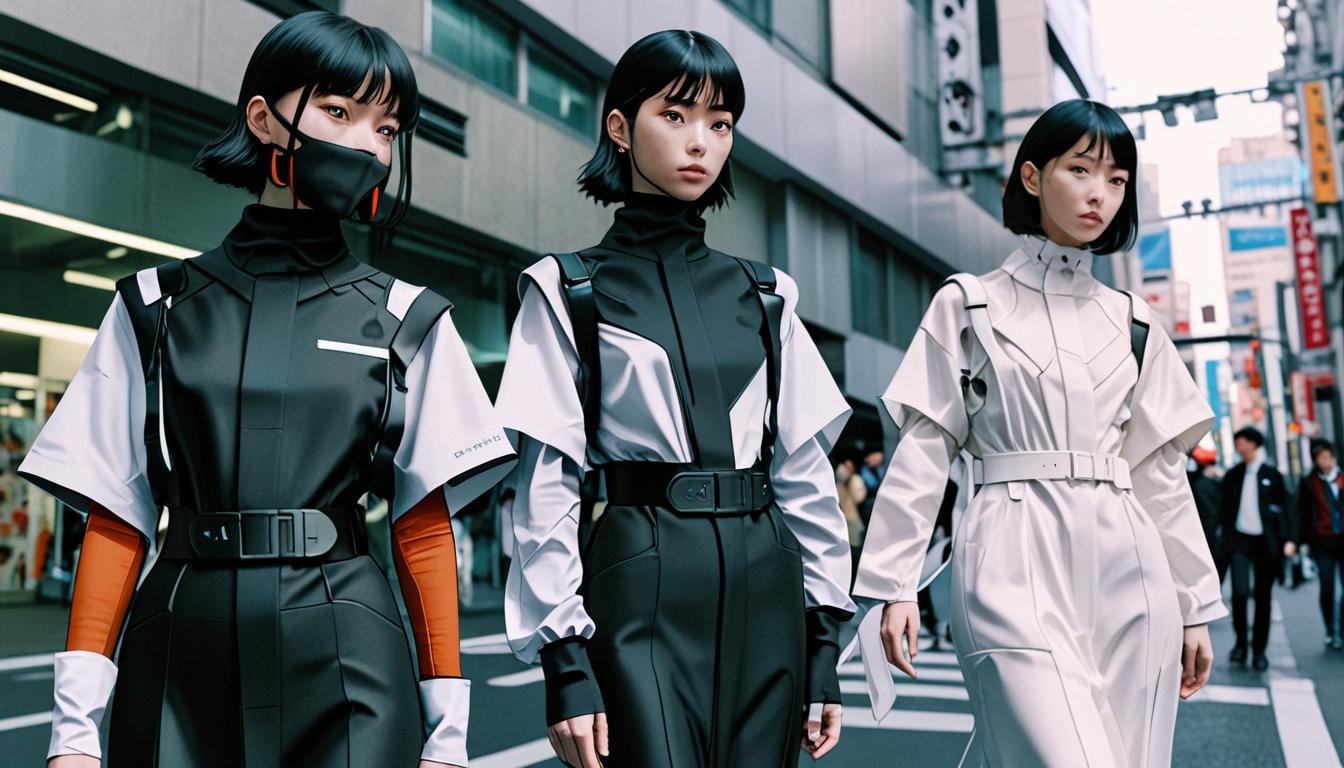Los Angeles: At the 67th annual Grammy Awards, Doechii mesmerised audiences with her fashion-forward custom Thom Browne ensembles, symbolising the integration of luxury and streetwear. Her acceptance speech advocated for Black women’s empowerment, reflecting broader cultural shifts within high fashion and hip-hop synergy.
American rapper Doechii made a significant impact at the 67th annual Grammy Awards held on February 2, 2025, in Los Angeles, not only for her exceptional talent but also through her notable fashion choices. She adorned a custom Thom Browne ensemble that captured attention on the red carpet, featuring an innovative off-the-shoulder corset suit dress with pronounced hips, complemented by a classic white shirt and grey tie. This outfit exemplified a blend of tradition and contemporary rebellion, highlighting the evolving relationship between hip-hop culture and high fashion.
Historically, fashion has seen a clear delineation between streetwear and haute couture. Whereas high fashion often emphasised exclusivity with handcrafted garments, streetwear emerged from subcultures, prioritising authenticity and everyday aesthetics. In earlier decades, many streetwear designers faced legal challenges from luxury brands. For instance, Dapper Dan, a New York-based designer, had his custom pieces featuring luxury prints removed from the market after lawsuits, demonstrating the tension between the two styles.
However, recent years have witnessed a significant shift. Designers like Virgil Abloh and Jerry Lorenzo helped create a new category known as “luxury streetwear” during the early 2010s, merging the two worlds by crafting upscale streetwear staples. This innovative approach allowed both styles to coexist, and even flourish. With this blending, brands like Off-White and Fear of God began to attract high fashion fans while maintaining their streetwear essence.
The evolution continued as high-fashion houses recognised the commercial power of streetwear. By the mid-2010s, brands like Burberry and Dior explored collaborations with streetwear designers, borrowing aesthetic elements and marketing strategies such as limited-time product releases, widely known as “drops.” The trend reached new heights when luxury brands collaborated with prominent streetwear figures, such as Gucci’s partnership with Dapper Dan and Louis Vuitton’s collaboration with Supreme in 2017.
At the Grammys, Doechii’s fashion choices mirrored these cultural changes. Her acceptance of the Grammy for Best Rap Album, where she became only the third female artist to win this honour, showcased another of her Thom Browne outfits, a structured cropped grey jacket paired with stylish balloon pants. This melding of high fashion with hip-hop resonance was further underscored in her acceptance speech, where she advocated for the empowerment of Black women and against prevailing stereotypes. She expressed, “So many Black women out there that are watching me right now and I want to tell you … Don’t allow anybody to project any stereotypes on you,” echoing the sentiments of inclusivity and resilience.
Despite celebrating the convergence of high fashion and streetwear, the industry faces underlying tensions regarding control and economic benefits. While some designers from streetwear backgrounds are receiving visibility, the larger structures of power within fashion continue to maintain their status quo. The integration of streetwear aesthetics into luxury houses often highlights a facade of inclusivity, while actual financial gains and recognition remain with the established elite.
As the fashion landscape progresses, it grapples with concerns surrounding cultural appropriation and equity for creators. The visibility of artists like Doechii at prominent fashion events indicates a shift towards a more inclusive and diverse representation in luxury fashion, inviting further conversations about the future direction of the industry.
Source: Noah Wire Services




